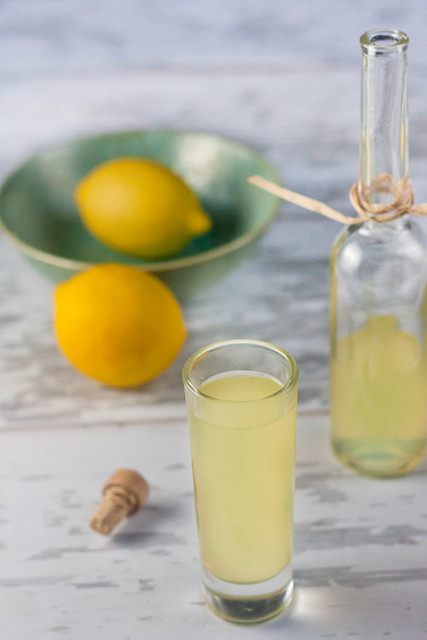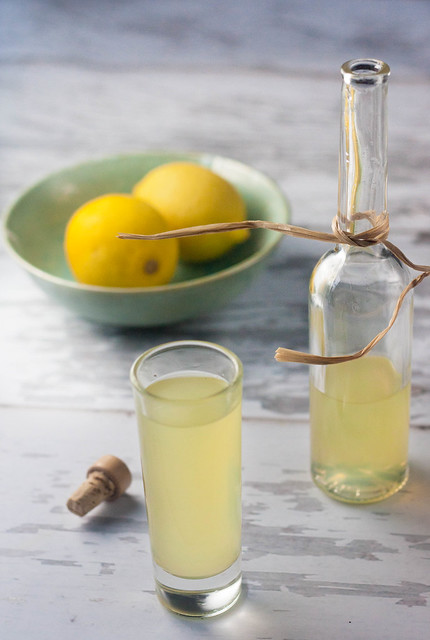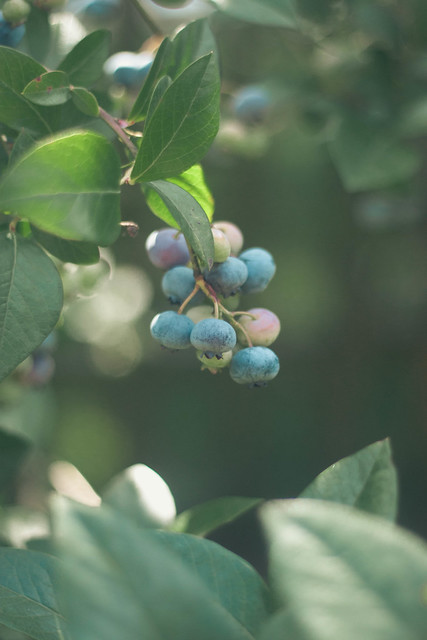Limoncello
In college I studied abroad in Italy. A summer in Sorrento, a semester in Florence. Somehow, because college kids seem to be so good at this, I'd fanangled my way into an Italian course off the Amalfi coast before heading north in the fall. Through some kind of booking mistake, my class of 20 students, eagerly waiting to be immersed in Italian language and culture, arrived in Sorrento without a place to stay for the three months we'd arranged to spend there. So we ended up living with nuns. Renting out the hotel they operated for the entirety of the summer and agreeing to abide by their rules (which included closed gates by 10:00 on weekends and disapproving looks when we stumbled back just before, or if I'm being honest, just after).
They also cooked all of our meals, which I remember as not being the most culinarily enlightening experience ever. We got sandwiches that were probably at one time very delicious, but which were reduced to soggy piles of bread when lunch rolled around. And I don't remember a single dinner (which is not the case with the meals served to me by my host family in Florence. I remember every one of those.) But I do remember the limoncello.
Sorrento is famous for the lemon liqueur, and the nuns made it by the vat-full. It was the only thing they ever served to us proudly, without rolling their eyes, and without pretending not to understand our admittedly elementary Italian. I hadn't thought much about it until I was in Connecticut visiting family and my aunt Doreen mentioned that she had made some. I, of course, told her I love limoncello, so she brought me a small bottle the next day. R and I shared it with some friends, in tiny cordial glasses my mom unloaded on me when I moved to New York. It was so good that I got you the recipe, with permission to share.
Limoncello is essentially an infusion, meaning you're infusing the flavor of lemon into already-produced liquor. In this case, you're also adding simple syrup which is what gives limoncello its sweetness. Doreen experimented with the sugar level through a number of batches, decreasing the amount from what some other recipes had called for, and I'd say that she got it just right.
Limoncello
From my aunt Doreen
Peels of 10 organic lemons, sliced in thin strips.
1 liter grain alcohol
Water
4 cups sugar
Put the lemon peels into a big jug containing 1 liter of grain alcohol. Let it sit for 2-4 weeks, then strain the lemon strips out of the alcohol and put the liquid into a large jug. Set aside.
In a large pot, heat 6 1/2 cups of water along with 4 cups of sugar until the sugar is dissolved. Let the syrup cool completely, then add it to the alcohol and enjoy! You can serve limoncello at room temperature or, as is traditional in Southern Italy, well chilled in chilled little glasses.




Comments
First, you only want the lemon zest, not the pith. This requires carefully peeling the zest, and scraping any remaining pith off with a sharp knife. It's a little time consuming and tedious, but absolutely required. The pith offers no lemon flavour and is very bitter, thus infusing your limoncello with the bitterness. This is why recipes never call for lemon/orange/grapefruit peel and always specifically just the zest. Same applies to limoncello.
Second, you'll want that zest/alcohol mixture to infuse for at least 6 weeks, if not longer (longer the better really). The longer it sits, the more concentrated and lemony the flavour. After a while the zest will turn white and the alcohol a beautiful bright yellow. My guess is that this recipe only calls for 2-4 weeks because any longer and the limoncello gets too bitter from the pith.
Third, after you've incorporated the syrup, and rebottled, it's best to let it sit for at least a week, if not much longer. This resting will make the limoncello a lot smoother. Even one week will make a big difference, but ideally it should be done for 6 weeks or so and can continue to mellow for at least a year.
Optionally, you can also filter the limoncello once you've incorporated the syrup using paper coffee filters. This makes a clearer, brighter yellow looking limoncello as opposed to a cloudy looking, dirty bath water looking limoncello, and also makes it a little smoother, but this isn't all that critical.
___
International Calls to Australia